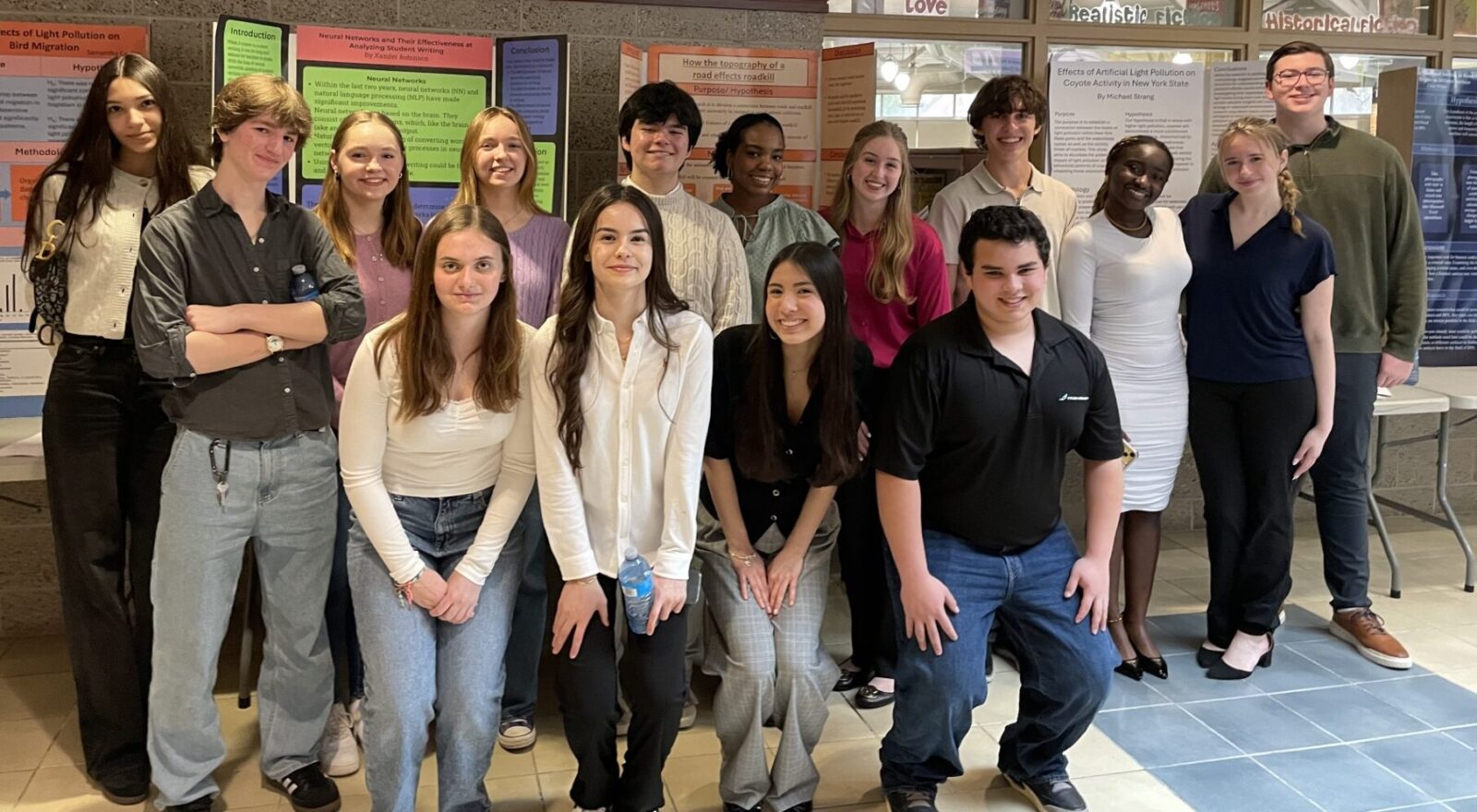Dose-dependent modulation of the visually evoked N1/N170 by perceptual surprise: a clear demonstration of prediction-error signalling.
Autor: Robinson, Jonathan E.; Breakspear, Michael; Young, Andrew W.; Johnston, Patrick J.
Publication year: 2020
The European journal of neuroscience
issn:1460-9568 0953-816X
doi: 10.1111/ejn.13920
Abstract:
Prediction-error checking processes play a key role in predictive coding models of perception. However, neural indices of such processes have yet to be unambiguously demonstrated. To date, experimental paradigms aiming to study such phenomena have relied upon the relative frequency of stimulus repeats and/or ‘unexpected’ events that are physically different from ‘expected’ events. These features of experimental design leave open alternative explanations for the observed effects. A definitive demonstration requires that presumed prediction error-related responses should show contextual dependency (rather than simply effects of frequency or repetition) and should not be attributable to low-level stimulus differences. Most importantly, prediction-error signals should show dose dependency with respect to the degree to which expectations are violated. Here, we exploit a novel experimental paradigm specifically designed to address these issues, using it to interrogate early latency event-related potentials (ERPs) to contextually expected and unexpected visual stimuli. In two electroencephalography (EEG) experiments, we demonstrate that an N1/N170 evoked potential is robustly modulated by unexpected perceptual events (‘perceptual surprise’) and shows dose-dependent sensitivity with respect to both the influence of prior information and the extent to which expectations are violated. This advances our understanding of perceptual predictions in the visual domain by clearly identifying these evoked potentials as an index of visual surprise.
Language: eng
Rights: © 2018 Federation of European Neuroscience Societies and John Wiley & Sons Ltd.
Pmid: 29602233
Tags: event-related potentials; *Evoked Potentials; *Electroencephalography; context trajectory; expectancy violation; prediction error
Link: https://pubmed.ncbi.nlm.nih.gov/29602233/






